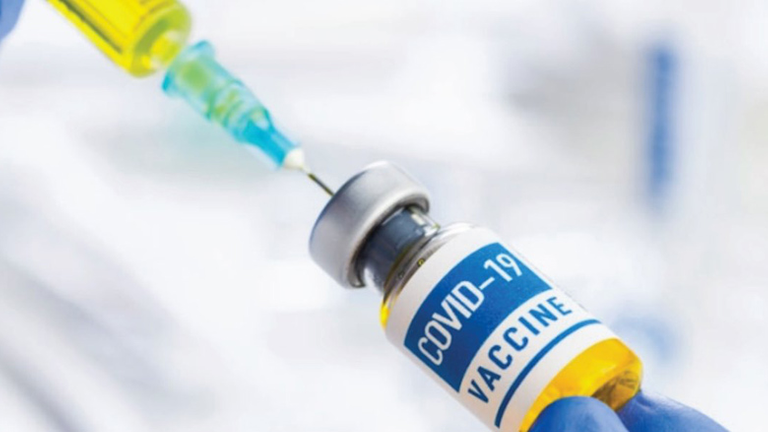Impact of Science on COVID-19 Vaccine Development
You may have heard that a vaccine has been developed for the COVID-19 virus.
Initial trials of the vaccine began in March 2020 and have been successful. The vaccine is made from a strain of the virus that was isolated in China. The vaccine was made available to the public in late 2020.
The process of developing a vaccine is never easy, and the race to create a vaccine for COVID-19 was no exception.
Scientists had to face a range of challenges in order to develop a vaccine. One of the biggest obstacles was the fact that scientists still don't have a full understanding of the virus. This made it difficult to create a vaccine that would be effective in preventing infection.
Another challenge was the fact that COVID-19 is constantly evolving. This means that scientists have to constantly update their vaccine in order to keep up with the virus.
Thankfully, scientists were able to leverage advances in technology to create a vaccine that is now in use to fight the virus.
The Molecular Biology and Biotechnology Research team played a huge role in developing the COVID-19 vaccine.
They were responsible for studying the virus and understanding its genetic sequence. This allowed them to identify potential vaccine candidates and develop a way to produce the vaccine antigen. This means that their effort, the vaccine would not have been possible.
Rapid Response Clinical Trials
The way that scientists were able to create a vaccine so quickly was by using a process called rapid response clinical trials. This is where new treatments are developed and tested in response to an outbreak of a disease.
In the case of COVID-19, scientists already had some existing knowledge about similar coronaviruses, which allowed them to start working on a vaccine right away. Additionally, new technology made it possible to test and develop the vaccine much faster than ever before.
For example, there is now a way to test vaccines on human cells instead of animals, which speeds up the process significantly. Additionally, new computer models can predict how effective a vaccine will be before it even goes through clinical trials.
All of this allowed scientists to create a COVID-19 vaccine in record time. And while there are still some hurdles to overcome, such as mass production and distribution, it is an amazing accomplishment that shows what is possible when science and technology come together.
Vaccine manufacturers are using what's called continuous manufacturing. This is a process where vaccine doses are produced non-stop, 24/7, in a continuous flow. And what that means is that they can ramp up production very quickly to meet demand.
Another piece of technology that's being used is called mRNA packaging. This is a process where the vaccine's instructions are put into a tiny package that can then be injected into the body. This packaging protects the instructions from being broken down by the body before they can do their job.
Most people don’t know that there are different types of vaccine candidates. While traditional vaccine candidates take years to develop, there are now new platforms that use cutting-edge technology to create vaccines in a matter of months.
The reason this is possible is that scientists have a much better understanding of how the immune system works. With this knowledge, they’ve been able to design vaccines that are more targeted and effective.
Sources:

Nice reflection!
!1UP
You have received a 1UP from @gwajnberg!
@stem-curator
And they will bring !PIZZA 🍕.
Learn more about our delegation service to earn daily rewards. Join the Cartel on Discord.
This is a good news anyways..